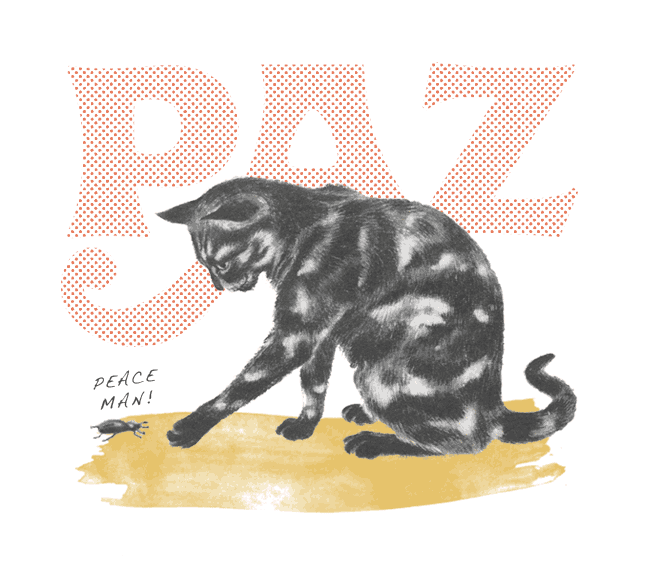
Austin Culprit #1 Giardia. Montezuma’s Revenge.
Man, that Montezuma is a real punk! I mean come one, forgive and forget. Hard to believe he has been gone so long and still inflicting all sorts of good people with some potent cooties that can cause some potent poopies. So what is the deal with this revenge? What causes it and how can I avoid it?

Giardia is the most likely suspect can be joined by its cousins- Eimeria and Coccidia
With all of that awesome greenbelt action we are all taking in- it creates a challenge to keep your pet away from the water and drinking it. So don’t forget, keep your pet thin, immune system solid and sense of well being calm for the best natural defense. Read below to learn more and know there are many ways to treat and avoid. First and foremost, avoid sitting stagnant water and do your best to keep your dogs tongue in his mouth when out in the wild.
How do Giardia reproduce and how are they transmitted?
A dog becomes infected by eating the cyst form of the parasite. In the small intestine, the cyst opens and releases an active form called a trophozoite. These have flagella, hair-like structures that whip back and forth allowing them to move around. They attach to the intestinal wall and reproduce by dividing in two. After an unknown number of divisions, this form develops a wall around itself (encysts) and is passed in the feces. The Giardia in the feces can contaminate the environment and water and infect other animals and people.
What are the signs of a Giardia infection?
Most infections with Giardia are asymptomatic. In the rare cases in which disease occurs, younger animals are usually affected, and the usual sign is diarrhea. The diarrhea may be acute, intermittent, or chronic. Usually the infected animals will not lose their appetite, but they may lose weight. The feces are often abnormal, being pale, having a bad odor, and appearing greasy. In the intestine, Giardia prevents proper absorption of nutrients, damages the delicate intestinal lining, and interferes with digestion.
How do we diagnose giardiasis?
Giardiasis is very difficult to diagnose because the protozoa are so small and are not passed with every stool. Tests on serial stool samples (one stool sample every day for three days) are often required to find the organism. Special diagnostic procedures, beyond a routine fecal examination, are necessary to identify Giardia. The procedures we use to identify roundworms and hookworms kill the active form of Giardia and concentrate the cyst form.
To see the active form, a small amount of stool may be mixed with water on a microscope slide and examined under high magnification. Because these forms have flagella, you can see them move around on the slide. The active forms are more commonly found in loose stools. If you ever have the opportunity to see the active form of Giardia under the microscope, take it! It is an interesting-looking creature. It is pear-shaped and its anatomy makes it look like a cartoon face, with eyes (which often look crossed), nose, and mouth. Once you see it, you will not forget it.
Cysts are more commonly found in firm stools. Special solutions are used to separate the cysts from the rest of the stool. The portion of the solution that would contain the cysts is then examined microscopically.
How can I prevent my pet from becoming infected with Giardia?
The cysts can live several weeks to months outside the host in wet, cold environments. So lawns, parks, kennels, and other areas that may be contaminated with animal feces can be a source of infection for your pet. You should keep your pet away from areas contaminated by the feces of other animals. This is not always easy.
As with other parasites of the digestive system, prevention of the spread of Giardia centers on testing and treating infected animals and using sanitary measures to reduce or kill the organisms in the environment. Solutions of quaternary ammonium compounds are effective against Giardia.
FINALLY, how do you treat it?
Well… again, controversial but at Paz Vet, we tend to follow the Colorado State Protocol or Dr. Mike Lappin’s formula of Fenbendazole for 3 consecutive days. As with any infection, its all very case dependent and a lot is determined by each animal’s lifestyle and immune function. Always come in and visit with the vet so you clearly understand what is going on.
There is also a possible natural way but it has not been fully fleshed out on efficacy but it uses human-grade plant-based digestive enzymes (protease, lipase and amylase) Talk to Dr. Vaughan about this treatment and if its right for you, or go with our traditional method and clear this bug from your gut for good!






